“Unlocking Freedom: Exploring the Potential of e-Collar Training for Canine Companions”
Introduction to E-Collar Dog Training :
In the dynamic world of dog training, where communication is key, the emergence of E-Collar dog training has sparked both curiosity and controversy. With its promise of enhancing the human-canine relationship, E-Collar training offers a nuanced approach to obedience and behavior modification.
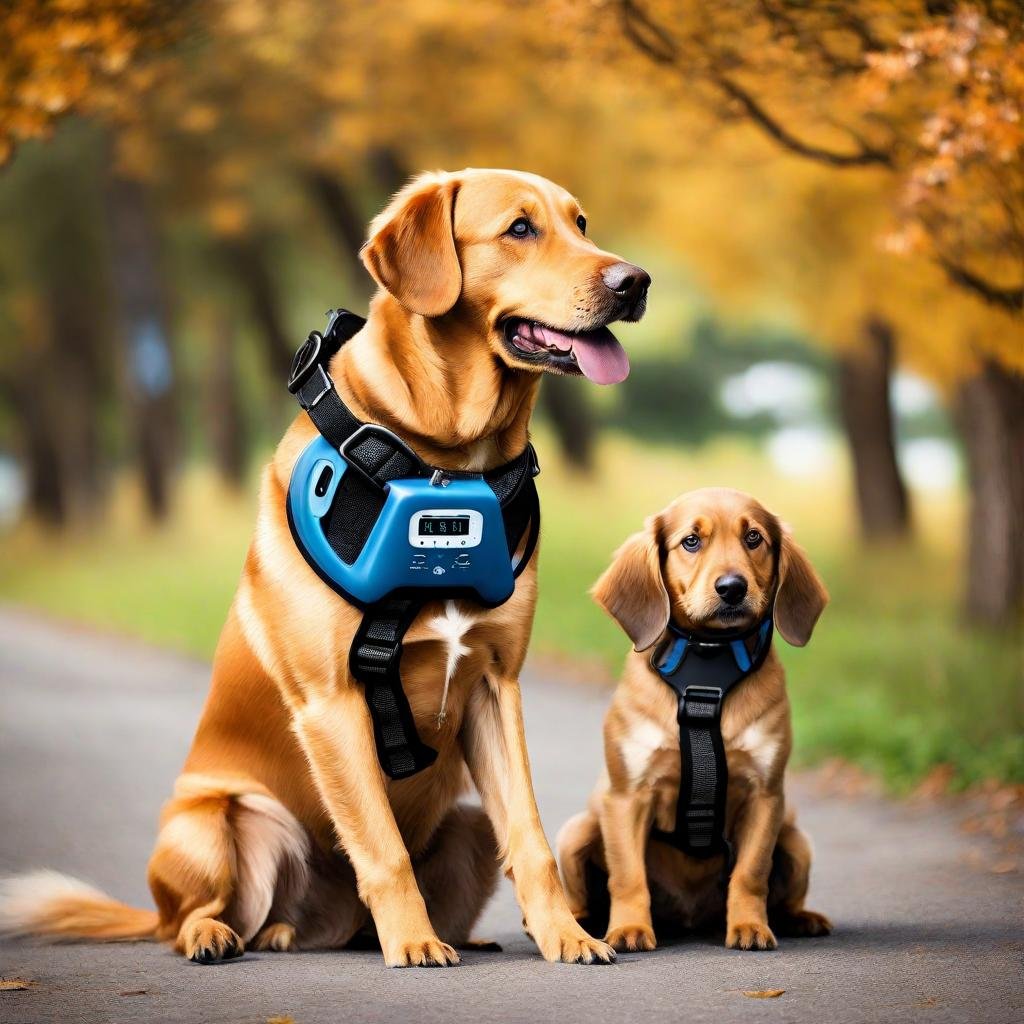
Table of Contents
At its core, E-Collar dog training revolves around the concept of clear communication between owner and pet. By utilizing electronic collars equipped with varying levels of stimulation, trainers can convey commands and expectations to their furry companions with precision and clarity. Far from being a punitive measure, when implemented responsibly, E-Collar training prioritizes positive reinforcement and mutual understanding.
Imagine strolling through the park with your unleashed pup trotting faithfully by your side, responding to your every command with eagerness and joy. This vision epitomizes the potential of E-Collar dog training—a harmonious partnership where boundaries are respected, and freedom is celebrated.

However, it’s essential to approach E-Collar training with caution and compassion. Understanding your dog’s temperament, tailoring training methods to suit their needs, and prioritizing their well-being are paramount. By embracing the principles of patience, consistency, and empathy, E-Collar dog training can become a transformative journey, deepening the bond between you and your beloved canine companion. Let’s embark on this journey together, exploring the possibilities and potential of E-Collar dog training in creating a thriving partnership built on trust and understanding.
## 1 of 8 ## Understanding E-Collars :
Understanding e-collars in the realm of dog training is akin to decoding a canine communication tool that holds the potential to transform interactions between owners and their four-legged friends. E-collar dog training represents a sophisticated method of fostering obedience and refining behavior through innovative technology and empathetic guidance.
E-collars, also known as electronic collars, function as instruments of communication rather than instruments of coercion. They operate by delivering a range of stimulations, from subtle vibrations to mild corrections, allowing trainers to convey commands effectively and reinforce desired behaviors. At its essence, e-collar dog training emphasizes positive reinforcement and strengthens the bond between human and canine.
Imagine a scenario where your dog responds promptly to recall commands during off-leash adventures or refrains from engaging in undesirable behaviors without hesitation. E-collar training facilitates such harmonious interactions, fostering a sense of mutual understanding and respect.
However, it’s imperative to approach e-collar training with mindfulness and responsibility, prioritizing your dog’s well-being and comfort throughout the process. By embracing patience, consistency, and empathy, e-collar dog training can unlock a world of possibilities, enriching the relationship between you and your canine companion in ways that transcend conventional training methods.
## 2 of 8 ## Benefits of E-Collar Training :
Exploring the benefits of E-Collar dog training unveils a world where communication flourishes and bonds strengthen between humans and their canine companions. E-collar training, often misunderstood, stands as a beacon of positive reinforcement and effective behavior shaping, redefining the training landscape with its unique advantages.
At its core, E-Collar dog training fosters enhanced communication between owner and pet, offering a nuanced approach to obedience and behavior modification. Through precise stimulation levels, trainers can convey commands with clarity and consistency, paving the way for quicker learning and deeper understanding.
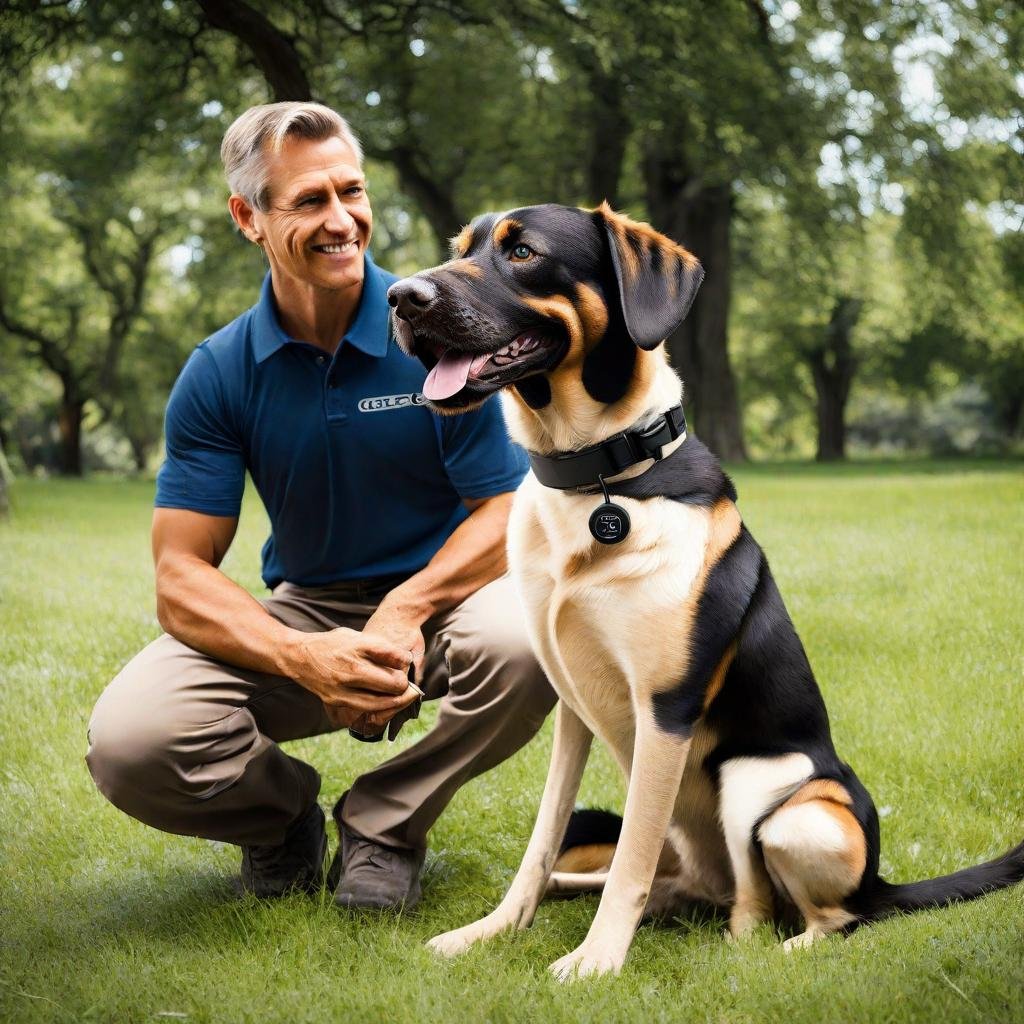
Imagine your dog confidently responding to commands from a distance or curbing unwanted behaviors with ease, all while maintaining a strong sense of trust and companionship. E-collar training makes such scenarios a reality, empowering both owner and dog to navigate the world together harmoniously.
Moreover, E-Collar training promotes safety, enabling off-leash adventures without compromising control or risking your pet’s well-being. This newfound freedom fosters a sense of confidence and independence in your dog while strengthening the bond you share.
Ultimately, embracing E-Collar dog training unlocks a myriad of benefits, from improved communication to enhanced safety and enriched relationships, paving the way for a fulfilling journey of companionship and mutual understanding.
## 3 of 8 ## Getting Started with E-Collar Training :
Embarking on the journey of E-Collar dog training marks the beginning of a transformative partnership between you and your furry companion, one built on trust, communication, and mutual understanding. Getting started with E-Collar training entails a thoughtful and gradual approach, prioritizing your dog’s comfort and well-being every step of the way.
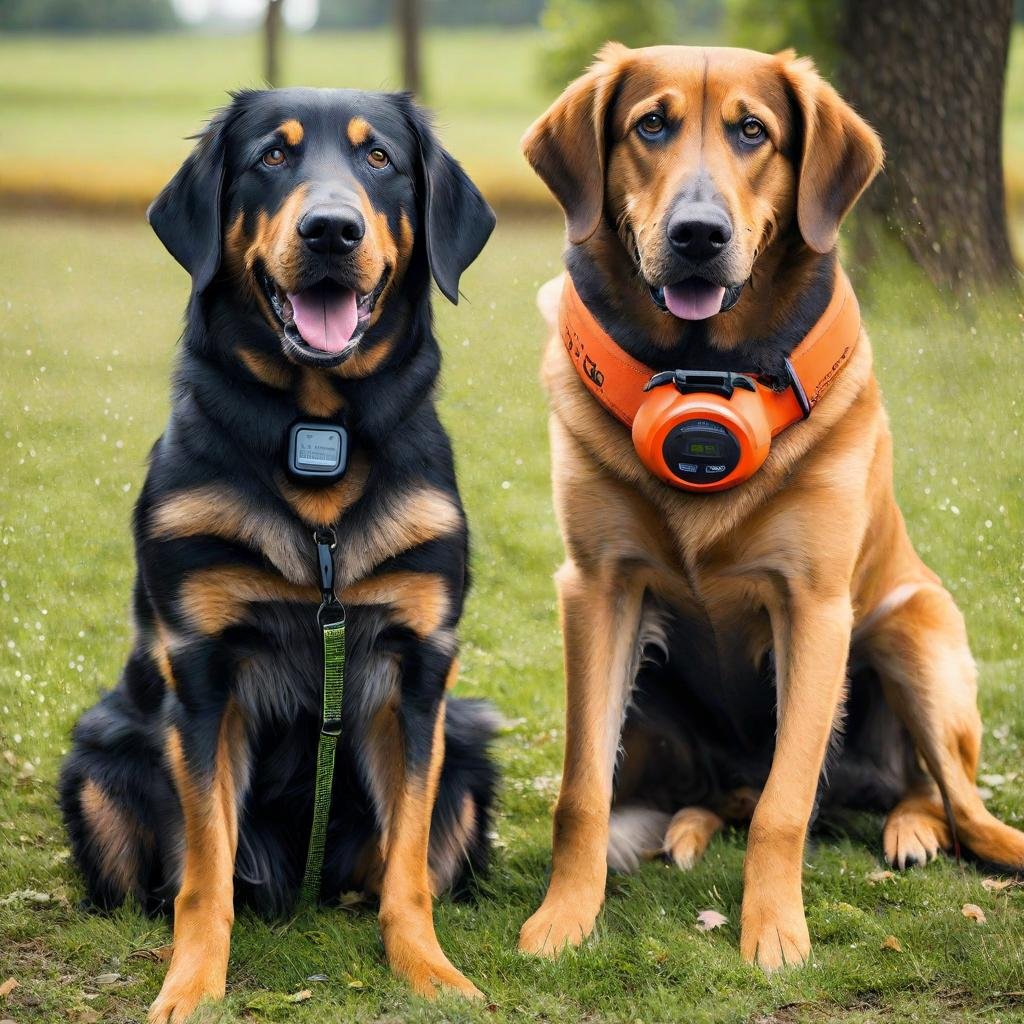
First and foremost, selecting the right E-Collar for your dog is crucial. Consider factors such as size, temperament, and sensitivity when choosing the appropriate device. Introduce the collar gradually, allowing your dog to become accustomed to wearing it through positive reinforcement and treats.
Next, familiarize yourself with the functions and settings of the E-Collar, ensuring you understand how to adjust stimulation levels effectively. Start with low levels of stimulation and observe your dog’s response closely, gradually increasing intensity as needed.
Establish clear communication cues and commands that will be associated with the E-Collar, reinforcing desired behaviors with praise and rewards. Consistency and patience are key during this initial phase, as you and your dog navigate the learning process together.
Above all, prioritize empathy and understanding, recognizing that E-Collar training is a collaborative effort that requires trust and compassion. By laying a solid foundation of trust and positive reinforcement, you set the stage for a rewarding journey of E-Collar dog training, where mutual respect and companionship thrive.
## 4 of 8 ## Training Techniques with E-Collars :
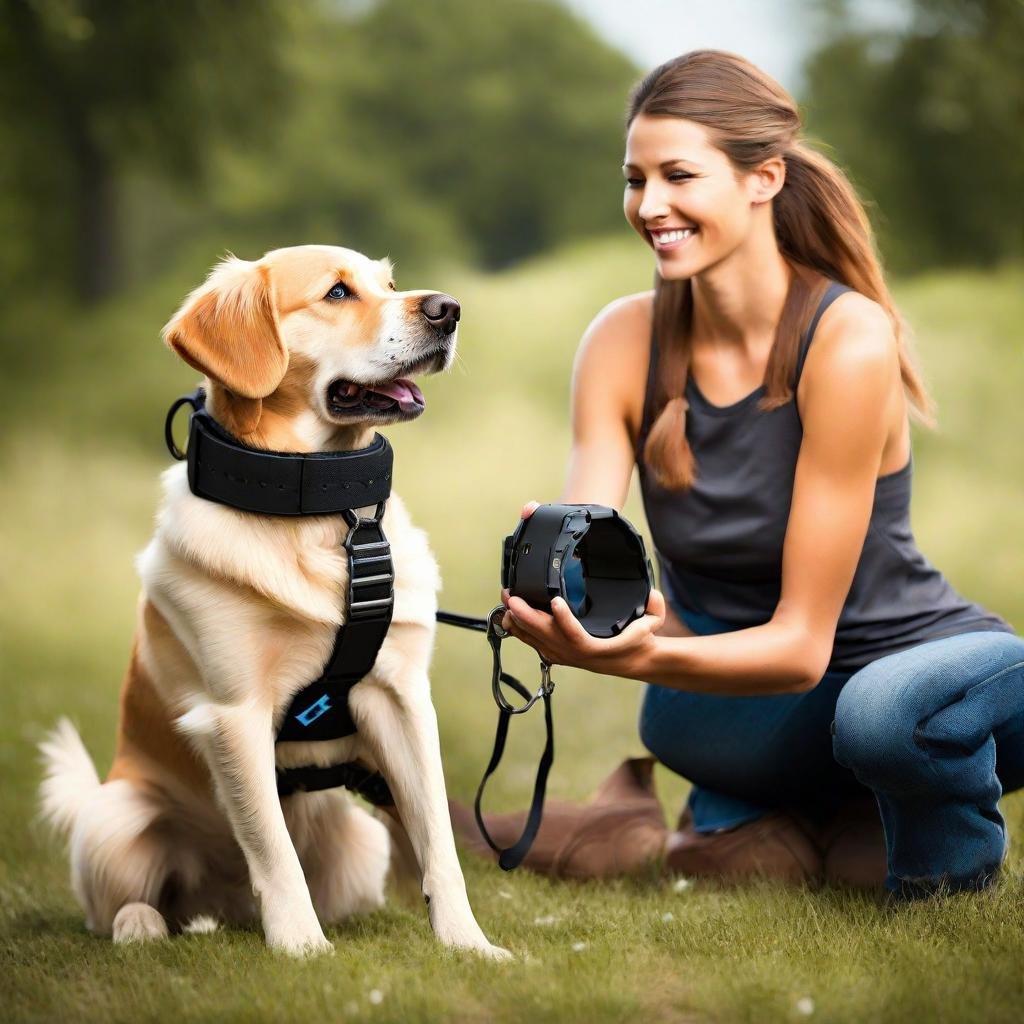
Exploring innovative training techniques with E-Collar dog training unveils a dynamic approach to fostering obedience and strengthening the bond between you and your furry companion. E-Collar training emphasizes clear communication and positive reinforcement, creating a collaborative environment where learning thrives.
One effective technique involves pairing the stimulation from the E-Collar with verbal commands and hand signals. Consistency in your cues helps your dog understand expectations and reinforces desired behaviors. Start with low levels of stimulation and gradually increase as needed, always prioritizing your dog’s comfort and well-being.
Another valuable technique is incorporating remote training sessions into your routine. Utilizing the E-Collar from a distance reinforces obedience and encourages your dog to respond reliably to commands even when not in close proximity.
Additionally, employing the “escape training” method teaches your dog to respond promptly to recall commands. By delivering a brief stimulation when your dog fails to comply with a recall, you reinforce the importance of listening and obeying commands promptly.
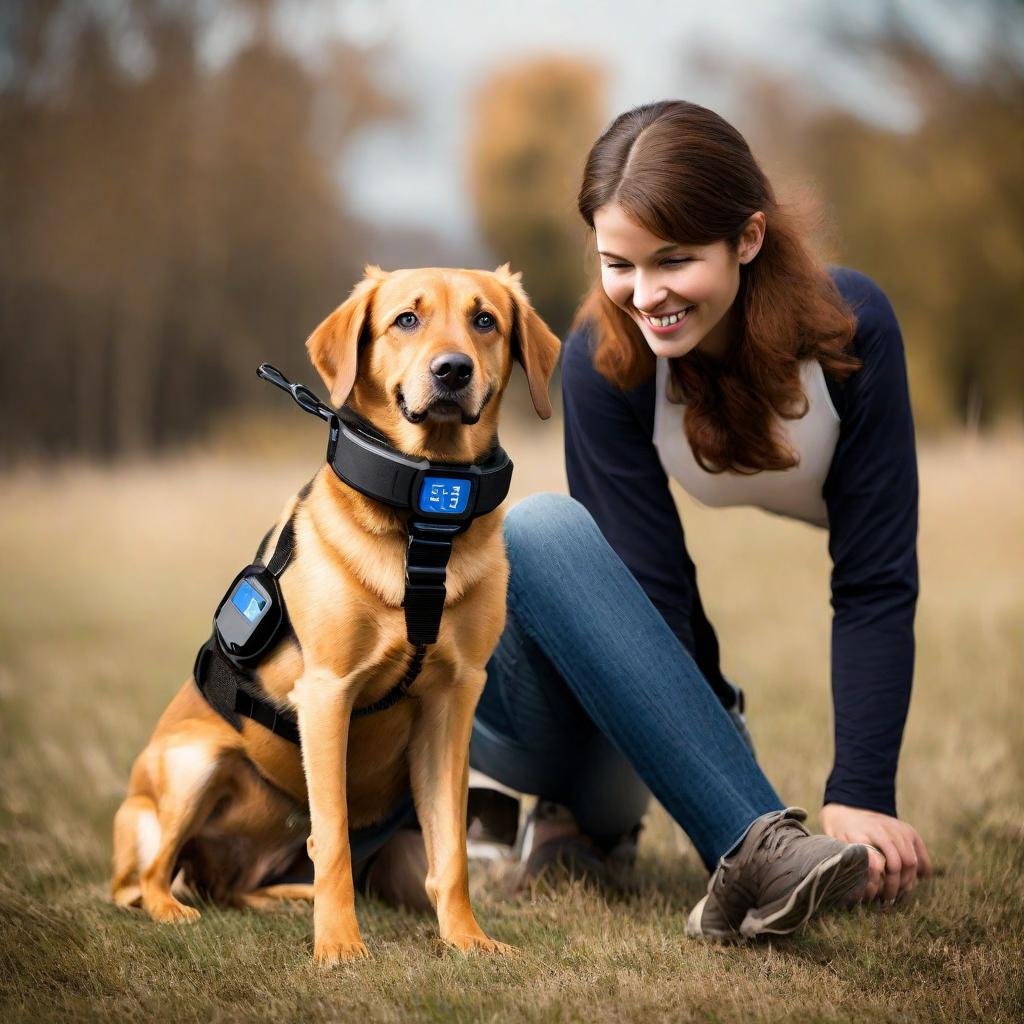
Remember, E-Collar training is a journey that requires patience, consistency, and empathy. By embracing these innovative techniques with compassion and understanding, you cultivate a strong and trusting relationship with your canine companion while achieving remarkable results in obedience and behavior.
## 5 of 8 ## Tips for Successful E-Collar Training :
Navigating the realm of E-Collar dog training requires a blend of patience, empathy, and strategic planning to ensure a successful and harmonious journey for both you and your furry companion. Here are some unique tips to enhance your E-Collar training experience:
1. Prioritize Relationship Building:
Invest time in strengthening your bond with your dog outside of training sessions. Positive interactions and shared experiences build trust and reinforce your role as a reliable leader.
2. Start Slow, Stay Consistent:
Introduce the E-Collar gradually, starting with low stimulation levels and short training sessions. Consistency in your commands and expectations helps your dog understand what is expected of them.
3. Embrace Positive Reinforcement:
Pair the use of the E-Collar with praise, treats, and affection to reinforce desired behaviors. Positive reinforcement fosters a sense of enthusiasm and willingness to learn in your dog.
4. Read Your Dog’s Signals:
Pay close attention to your dog’s body language and reactions during training. Adjust your approach and stimulation levels accordingly to ensure their comfort and understanding.
5. Stay Patient and Calm:
Training takes time and patience. Avoid frustration or impatience, as it can undermine your dog’s confidence and trust in the training process.
By incorporating these tips into your E-Collar dog training regimen, you set the stage for a fulfilling and enriching experience that strengthens your bond and deepens your understanding of each other.
## 6 of 8 ## Training Techniques with E-Collars :
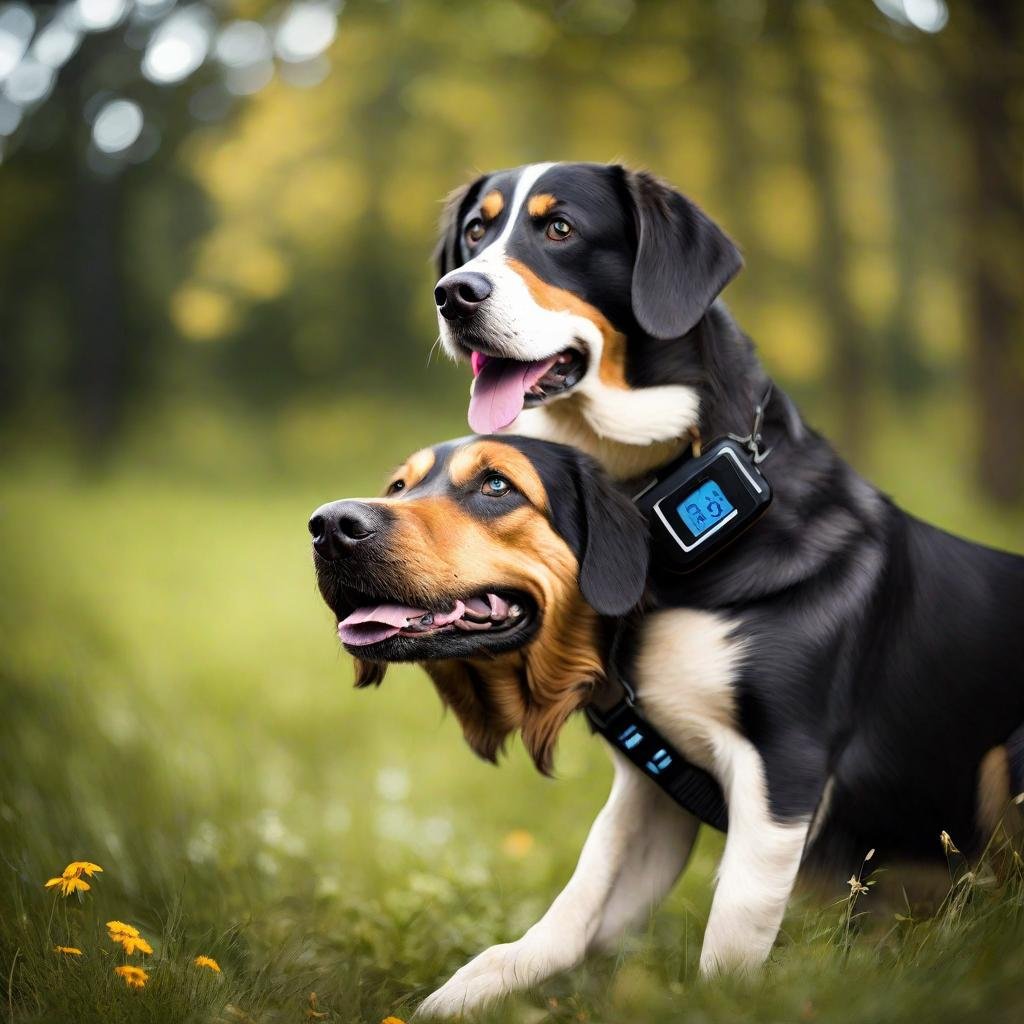
Exploring innovative training techniques with E-Collar dog training unveils a dynamic approach to fostering obedience and strengthening the bond between you and your furry companion. E-Collar training emphasizes clear communication and positive reinforcement, creating a collaborative environment where learning thrives.
One effective technique involves pairing the stimulation from the E-Collar with verbal commands and hand signals. Consistency in your cues helps your dog understand expectations and reinforces desired behaviors. Start with low levels of stimulation and gradually increase as needed, always prioritizing your dog’s comfort and well-being.
Another valuable technique is incorporating remote training sessions into your routine. Utilizing the E-Collar from a distance reinforces obedience and encourages your dog to respond reliably to commands even when not in close proximity.
Additionally, employing the “escape training” method teaches your dog to respond promptly to recall commands. By delivering a brief stimulation when your dog fails to comply with a recall, you reinforce the importance of listening and obeying commands promptly.
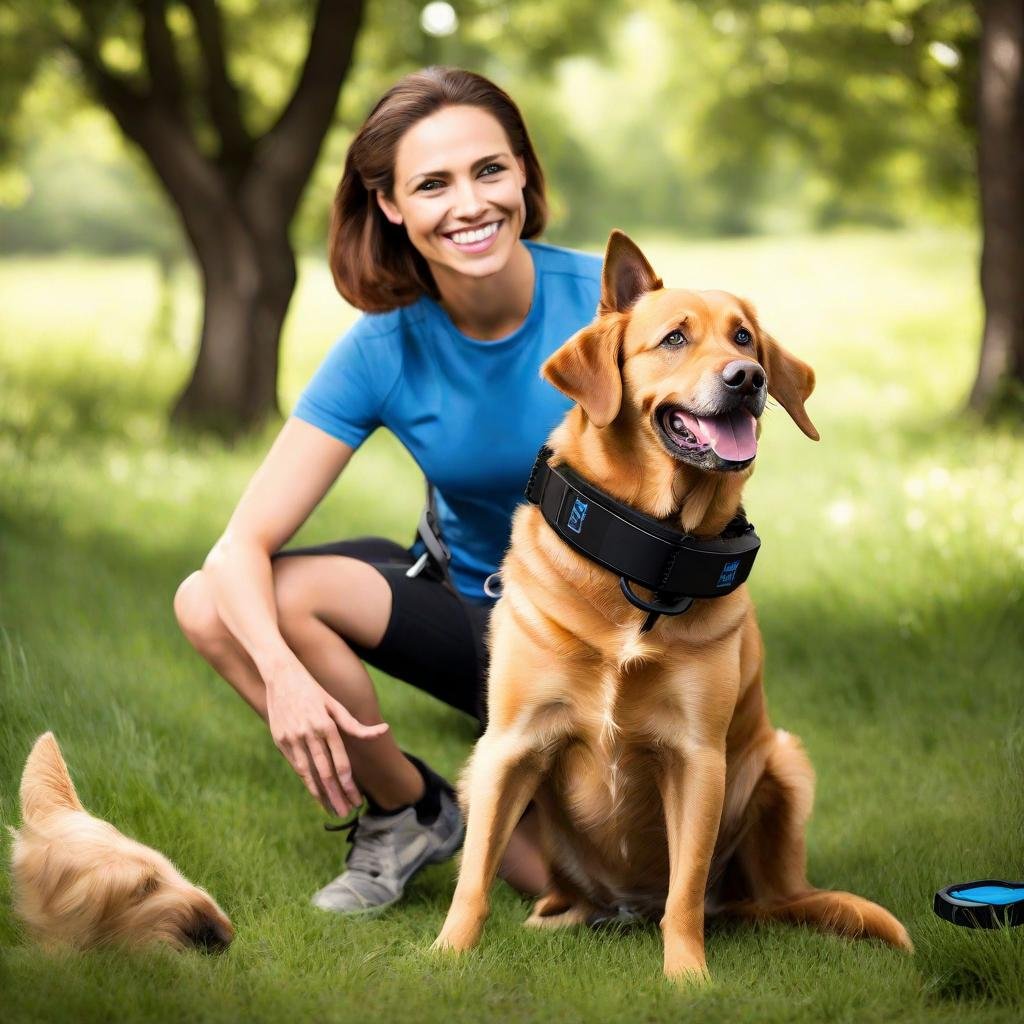
Remember, E-Collar training is a journey that requires patience, consistency, and empathy. By embracing these innovative techniques with compassion and understanding, you cultivate a strong and trusting relationship with your canine companion while achieving remarkable results in obedience and behavior.
## 7 of 8 ## Common Mistakes to Avoid :
In the dynamic world of E-Collar dog training, steering clear of common pitfalls is essential to nurturing a positive and effective training experience for both you and your beloved companion. Here are some unique mistakes to avoid:
1. Overreliance on the E-Collar:
While E-Collars are valuable training tools, relying solely on them without incorporating other training methods can hinder your dog’s overall learning and understanding.
2. Inconsistent Application of Stimulation:
Inconsistency in applying stimulation levels can confuse your dog and undermine the effectiveness of your training efforts. Ensure that your cues and stimulation are applied consistently to reinforce desired behaviors.

3. Failure to Understand Your Dog’s Signals:
Each dog has unique needs and responses to training. Ignoring your dog’s body language and signals can lead to misunderstandings and frustration during training sessions
4. Using the E-Collar as a Punishment Device:
E-Collars should never be used as punishment tools. Employing them in this manner can create negative associations and erode trust between you and your dog.
5. Skipping Proper Acclimation and Introduction:
Introducing the E-Collar too quickly or without proper acclimation can cause stress and discomfort for your dog. Take the time to familiarize your pet with the collar gradually, using positive reinforcement to create positive associations.
By avoiding these common mistakes and approaching E-Collar dog training with patience, consistency, and empathy, you lay the foundation for a rewarding and successful training journey built on trust and mutual understanding.
## 8 of 8 ## Addressing Concerns and Criticisms :
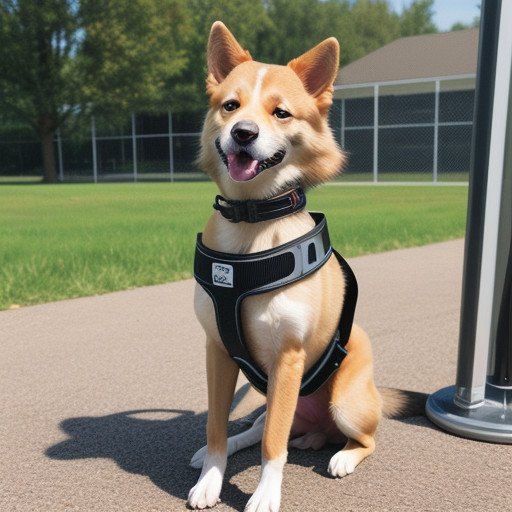
Addressing concerns and criticisms surrounding E-Collar dog training is pivotal in fostering understanding and promoting responsible usage of this innovative training tool. While E-Collar training has garnered both praise and scrutiny, addressing concerns head-on facilitates informed decision-making and encourages best practices.
One common concern revolves around the perception of E-Collars as punitive devices. By emphasizing positive reinforcement techniques and highlighting the collaborative nature of E-Collar training, misconceptions can be dispelled, and the focus shifted towards building trust and communication.
Critics also raise ethical concerns regarding the potential for misuse and negative impact on dogs’ well-being. By promoting education and advocating for responsible training practices, these concerns can be addressed proactively, ensuring that E-Collar training is conducted with compassion and empathy.
Furthermore, acknowledging the importance of ongoing research and development in E-Collar technology underscores a commitment to safety and effectiveness. By staying informed and receptive to feedback, the efficacy of E-Collar training can be continuously improved and refined.
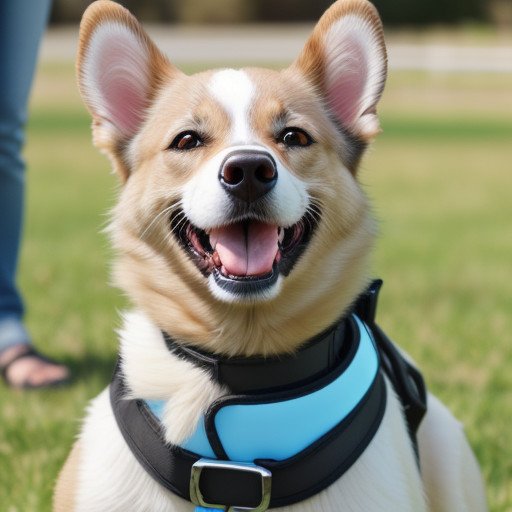
In essence, addressing concerns and criticisms surrounding E-Collar dog training requires transparency, empathy, and a commitment to promoting the welfare of dogs. By engaging in open dialogue and prioritizing responsible usage, E-Collar training can be embraced as a valuable tool in fostering positive behavior and strengthening the bond between humans and their canine companions.
## Conclusion ##
In conclusion, the journey through E-Collar dog training encapsulates a transformative experience that transcends mere obedience and delves deep into the realm of trust, communication, and companionship. As we reflect on the principles and practices of E-Collar training, it becomes evident that this innovative approach offers a path towards harmonious relationships and enriched lives for both dogs and their human counterparts.
Through patience, empathy, and a dedication to understanding our furry companions, E-Collar training empowers us to unlock the full potential of our canine relationships, fostering bonds built on mutual respect and trust. It is through this lens of partnership and understanding that we navigate the intricacies of training, embracing challenges as opportunities for growth and connection.
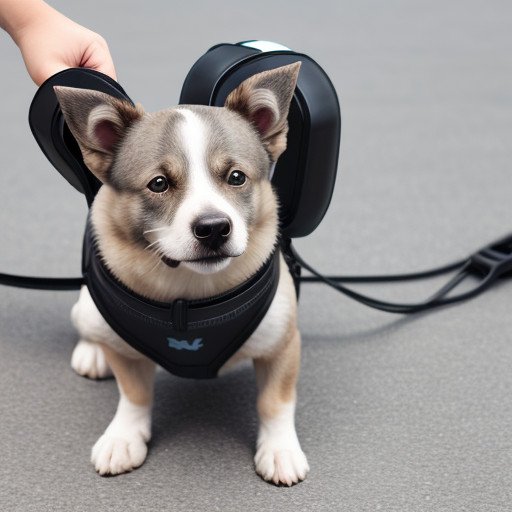
As we embark on this journey together, let us continue to prioritize the well-being and happiness of our canine companions, recognizing that E-Collar dog training is not just about shaping behaviors, but about nurturing thriving partnerships rooted in love and respect.
With every command obeyed and every challenge overcome, we reaffirm the profound bond that exists between humans and dogs, paving the way for a future where E-Collar training serves as a beacon of compassion, understanding, and joyful companionship.
You can read this post Dog care training collars
“Unlocking Freedom: Exploring the Potential of e-Collar Training for Canine Companions” Introduction to E-Collar Dog Training : In the dynamic world of dog training, where communication is key, the emergence of E-Collar dog training has sparked both curiosity and controversy. With its promise of enhancing the human-canine relationship, E-Collar training offers a nuanced approach to…
You might be interested in reading this post as well https://tomeshnews.co.in/dog-care-shock-collar/
Is E-Collar training suitable for all dogs?
E-Collar training can be effective for most dogs, but it’s essential to consider factors such as temperament, age, and health. Consulting with a professional trainer can help determine if E-Collar training is appropriate for your dog.
Are E-Collars safe for my dog?
When used correctly and responsibly, E-Collars are considered safe for dogs. It’s crucial to follow manufacturer instructions, start with low stimulation levels, and prioritize your dog’s comfort and well-being throughout the training process
Will E-Collar training harm my dog or create fear?
E-Collar training, when conducted with positive reinforcement techniques and gradual introduction, should not harm your dog or create fear. Proper acclimation and training methods focus on clear communication and trust-building rather than intimidation or punishment.
Can E-Collar training replace traditional training methods?
E-Collar training is a valuable tool that can complement traditional training methods. While it offers benefits such as off-leash control and precise communication, incorporating a variety of training techniques ensures a well-rounded approach to obedience and behavior modification.
How long does it take to see results with E-Collar training?
The timeline for seeing results with E-Collar training varies depending on the dog’s temperament, consistency of training, and the specific behaviors being addressed. Some dogs may show improvement quickly, while others may require more time and patience.
What should I do if my dog seems uncomfortable with the E-Collar?
If your dog appears uncomfortable with the E-Collar, pause training sessions and reassess the fit and settings of the collar. Gradually reintroduce the collar with positive reinforcement techniques, and consult with a professional trainer if needed to address any concerns or adjustments.
